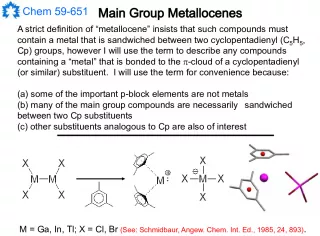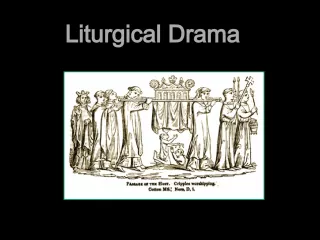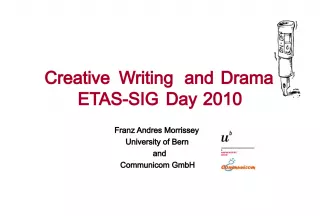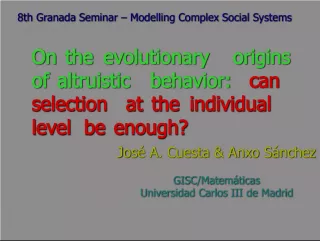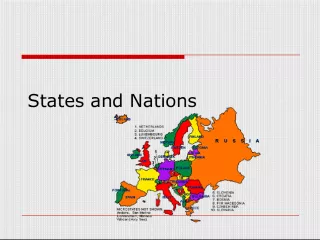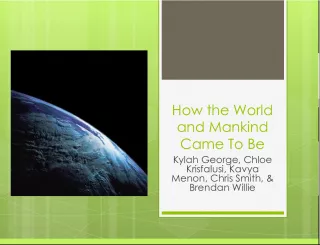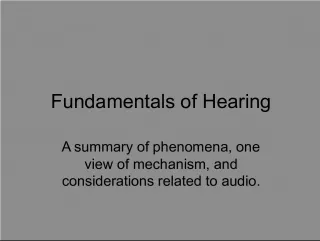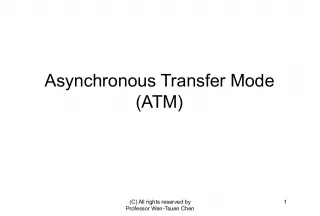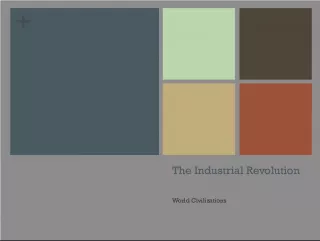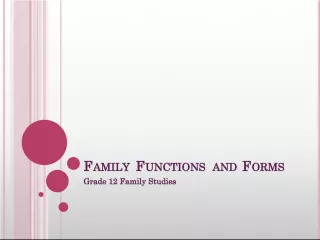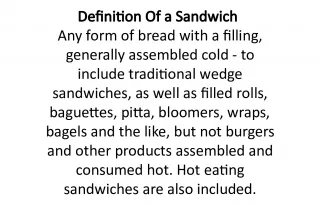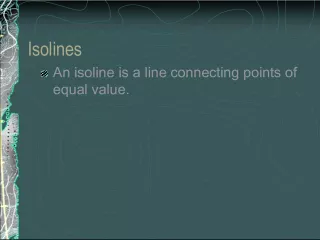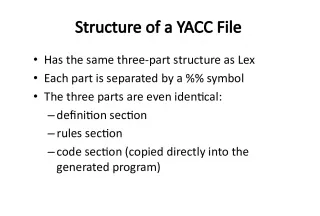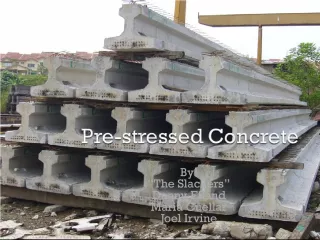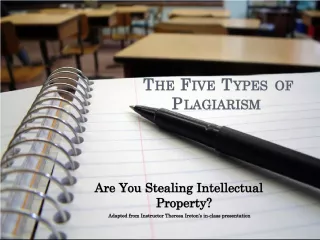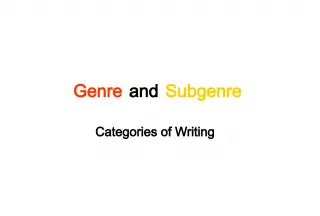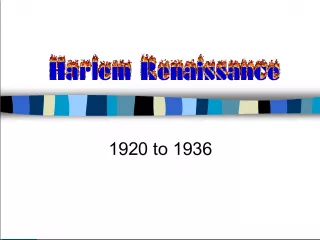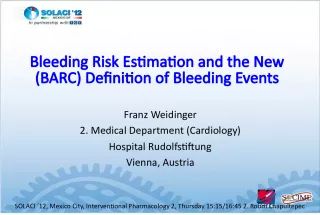Drama: An Overview of its Origins and Definition
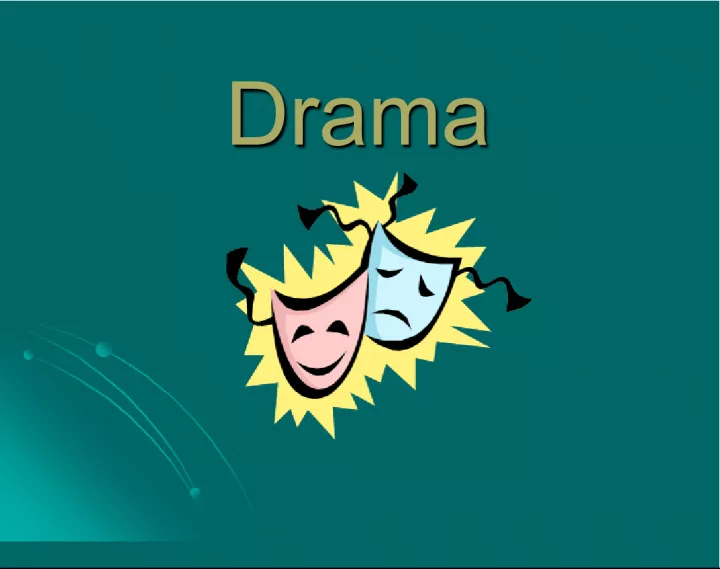

Drama is a form of storytelling that is performed on stage in front of a live audience. The word drama originates from the Greek verb "dran," which means "to do."
- Uploaded on | 10 Views
-
 violeta
violeta
About Drama: An Overview of its Origins and Definition
PowerPoint presentation about 'Drama: An Overview of its Origins and Definition'. This presentation describes the topic on Drama is a form of storytelling that is performed on stage in front of a live audience. The word drama originates from the Greek verb "dran," which means "to do.". The key topics included in this slideshow are . Download this presentation absolutely free.
Presentation Transcript
Slide1DramaDrama
Slide2A drama is a story enacted onstage for a live audience. What Is Drama? What Is Drama?
Slide3What Is Drama? What Is Drama? Origins of Drama Origins of Drama The word drama comes from the Greek verb dran, which means “to do.” The word drama comes from the Greek verb dran, which means “to do.” The earliest known plays . . . The earliest known plays . . . were written around the fifth century B.C. were written around the fifth century B.C. produced for festivals to honor Dionysus, the god of wine and fertility produced for festivals to honor Dionysus, the god of wine and fertility
Slide4like the plot of a story, the plot of a play involvescharacters who face a problem or conflict. Climax point of highest tension; action determines how the conflict will be resolved Resolution conflict is resolved; play ends Complications tension builds Exposition characters and conflict are introduced Dramatic Structure Dramatic Structure
Slide5Dramatic Structure Dramatic Structure Conflict is a struggle or clash between opposing characters or forces. A conflict may develop . . . Conflict is a struggle or clash between opposing characters or forces. A conflict may develop . . . between characters who want different things or the same thing between characters who want different things or the same thing between a character and his or her circumstances between a character and his or her circumstances within a character who is torn by competing desires within a character who is torn by competing desires
Slide6A tragedy is a play that ends unhappily. • Tragedies pit human limitations against the larger forces of destiny. right and wrong justice and injustice life and death Tragedy Tragedy • Most classic Greek tragedies deal with serious, universal themes such as
Slide7The protagonist of most classical tragedies is atragic hero. This hero • is noble and in many ways admirable • has a tragic flaw , a personal failing that leads to a tragic end rebelliousness jealousy pride Tragedy Tragedy
Slide8A comedy is a play that ends happily. The plot usually centers on a romantic conflict. boy meets girl boy loses girl boy wins girl Comedy Comedy
Slide9The main characters in a comedy could beanyone: nobility servants townspeople Comedy Comedy
Slide10•Comic complications always occur before the conflict is resolved. • In most cases, the play ends with a wedding. Comedy Comedy
Slide11Modern Comedy Modern Comedy Modern Comedies Modern Comedies In modern comedies, the genders in this romantic plot pattern sometimes are reversed. In modern comedies, the genders in this romantic plot pattern sometimes are reversed.
Slide12A modern play• usually is about ordinary people • may be tragedy, comedy, or a mixture of the two • usually focuses on personal issues Modern Drama Modern Drama
Slide13Modern playwrights often experiment withunconventional plot structures. Modern Drama Modern Drama long flashbacks music visual projections of a character’s private thoughts
Slide14When you read a play, remember that it is meantto be performed for an audience. Stage Directions Stage Directions Playwright describes setting and characters’ actions and manner. Playwright describes setting and characters’ actions and manner. [Wyona is sitting on the couch. She sees Paul and jumps to her feet.] [Wyona is sitting on the couch. She sees Paul and jumps to her feet.] Wyona. [Angrily.] What do you want? Wyona. [Angrily.] What do you want? Performance of a Play Performance of a Play Performance Performance Theater artists bring the playwright’s vision to life on the stage. Theater artists bring the playwright’s vision to life on the stage. The audience responds to the play and shares the experience. The audience responds to the play and shares the experience.
Slide15Performance of a Play Performance of a Play Theater artists include Theater artists include Actors Actors Directors Directors Lighting technicians Lighting technicians Stage crew Stage crew
Slide16Stages can have many different sizes and layouts. “Thrust” stage Setting the Stage Setting the Stage • The stage extends into the viewing area. • The audience surrounds the stage on three sides.
Slide17“In the round” stage is surrounded by an audience on all sides. Setting the Stage Setting the Stage
Slide18Proscenium stageSetting the Stage Setting the Stage • The playing area extends behind an opening called a “proscenium arch.” • The audience sits on one side looking into the action. upstage downstage stage left stage right
Slide19Setting the Stage Setting the Stage Stages in Shakespeare’s time were thrust stages. Stages in Shakespeare’s time were thrust stages.
Slide20Scene design transforms a bare stage into the world of the play. Scene design consists of • props • sets • costumes • lighting Setting the Stage Setting the Stage
Slide21A stage’s set might be realistic and detailed Setting the Stage Setting the Stage abstract and minimal
Slide22A lighting director skillfully uses light to change the mood and appearance of the set. Setting the Stage Setting the Stage
Slide23The costume director works with the director to design the actors’ costumes. • Like sets, costumes can be detailed minimal Setting the Stage Setting the Stage
Slide24Props (short for properties ) are items that the characters carry or handle onstage. • The person in charge of props must make sure that the right props are available to the actors at the right moments. Setting the Stage Setting the Stage
Slide25The characters’ speech may take any of thefollowing forms. Dialogue: conversations of characters onstage Dialogue: conversations of characters onstage Monologue: long speech given by one character to others Monologue: long speech given by one character to others Soliloquy: speech by a character alone onstage to himself or herself or to the audience Soliloquy: speech by a character alone onstage to himself or herself or to the audience Asides: remarks made to the audience or to one character; the other characters onstage do not hear an aside Asides: remarks made to the audience or to one character; the other characters onstage do not hear an aside The Characters The Characters
Slide26Finally, a play needs an audience toexperience the performance understand the story respond to the characters The Audience The Audience
Slide27The End The End
Slide28This powerpoint was kindly donated towww.worldofteaching.com http://www.worldofteaching.com is home to over a thousand powerpoints submitted by teachers. This is a completely free site and requires no registration. Please visit and I hope it will help in your teaching.
